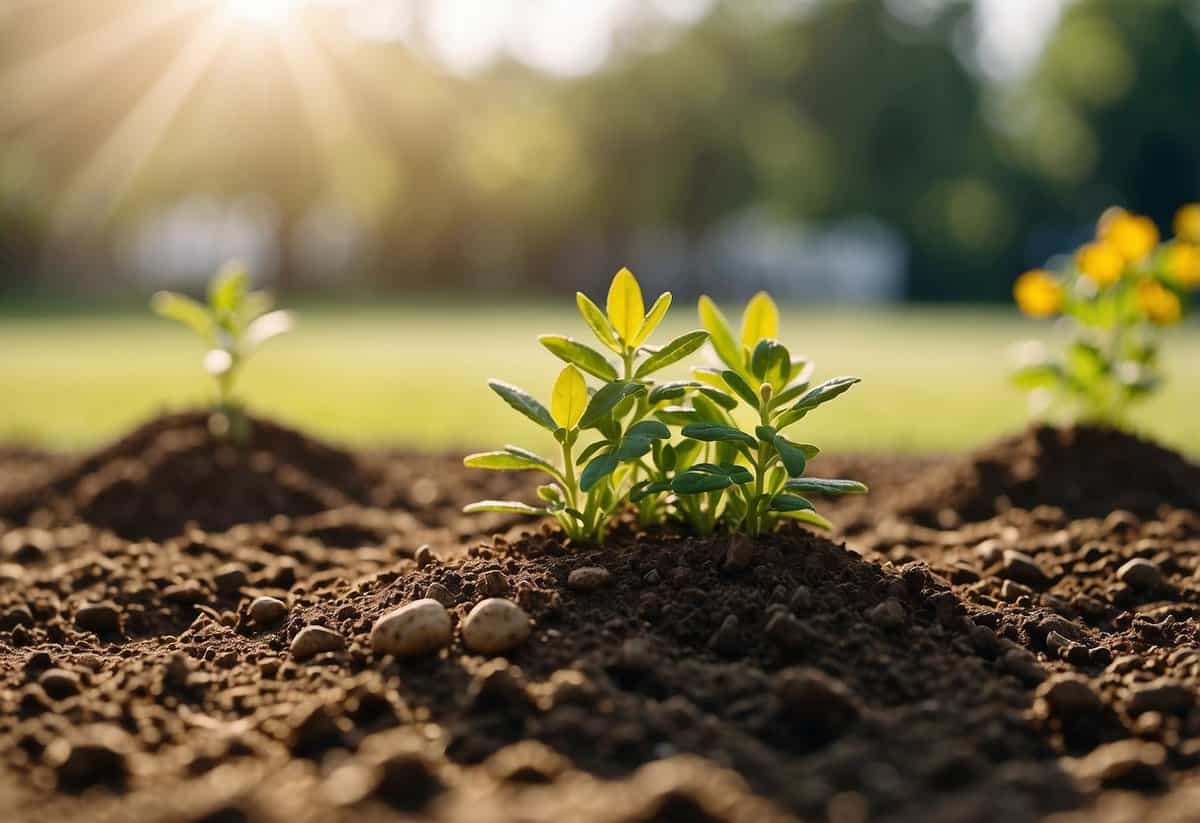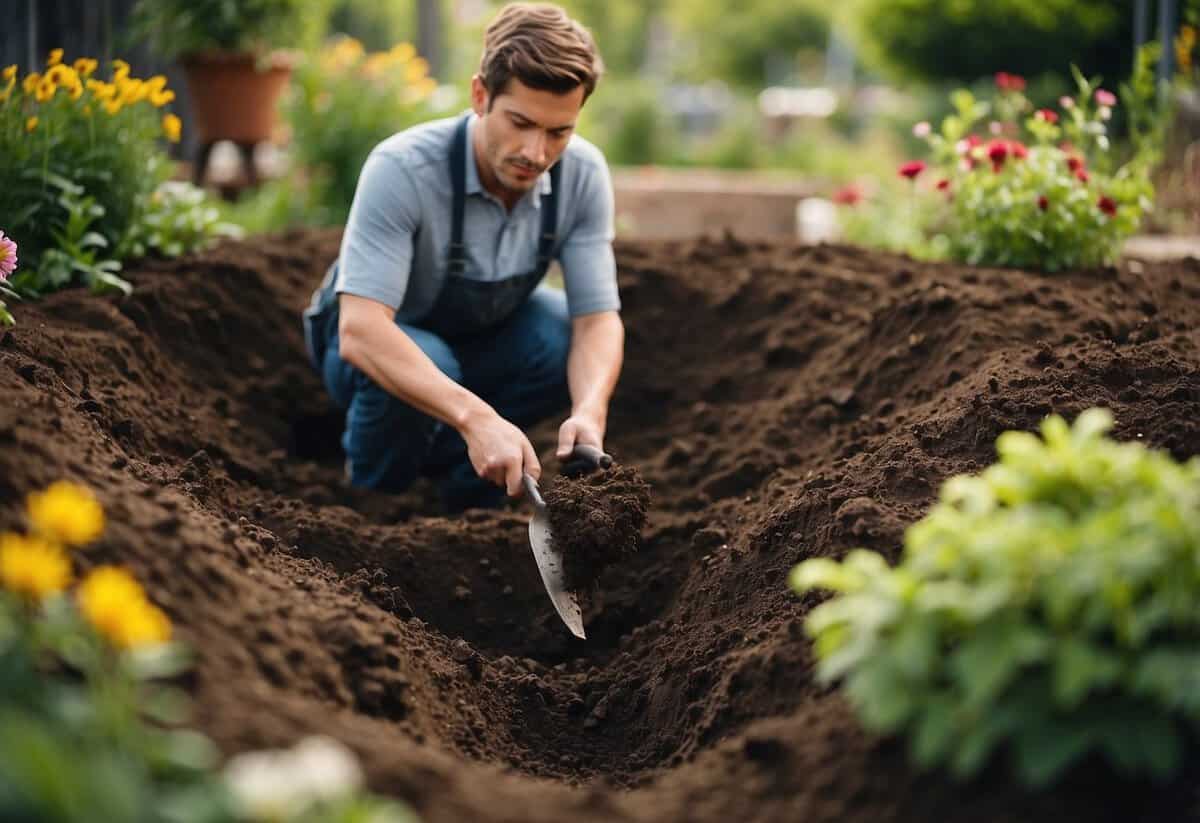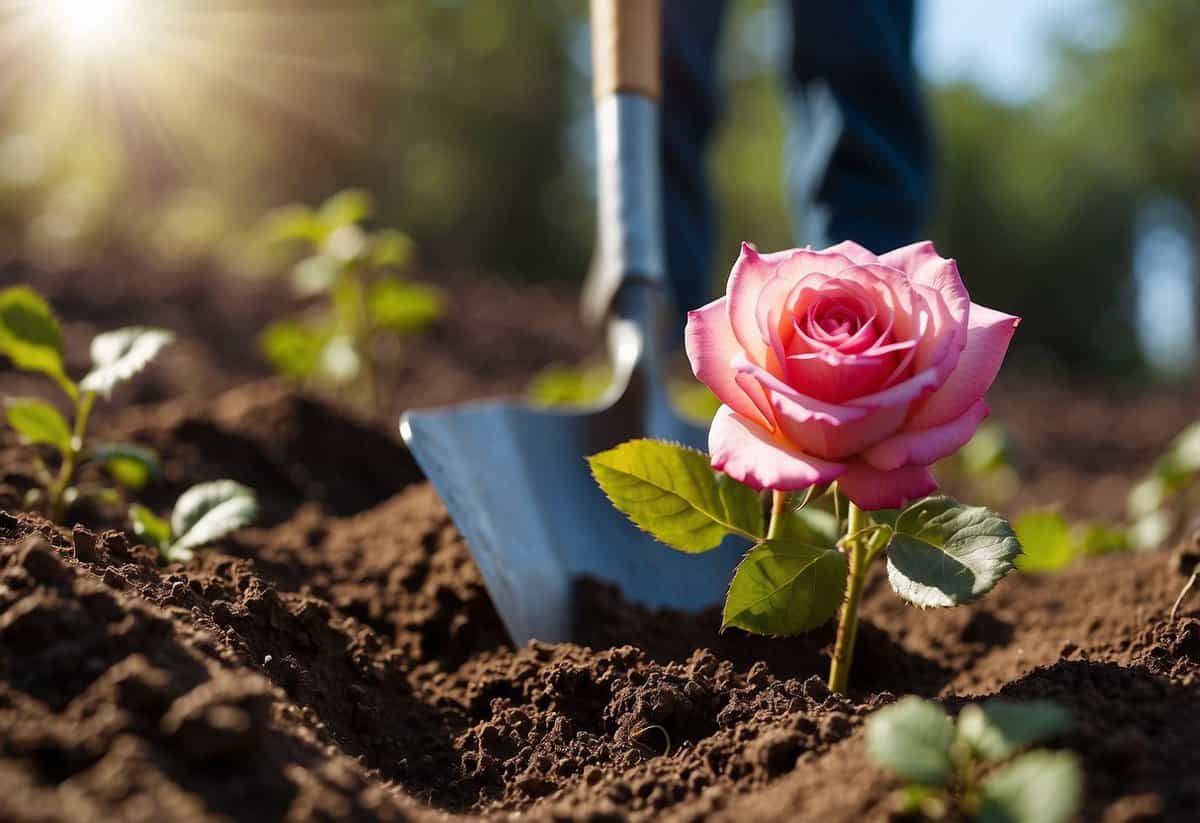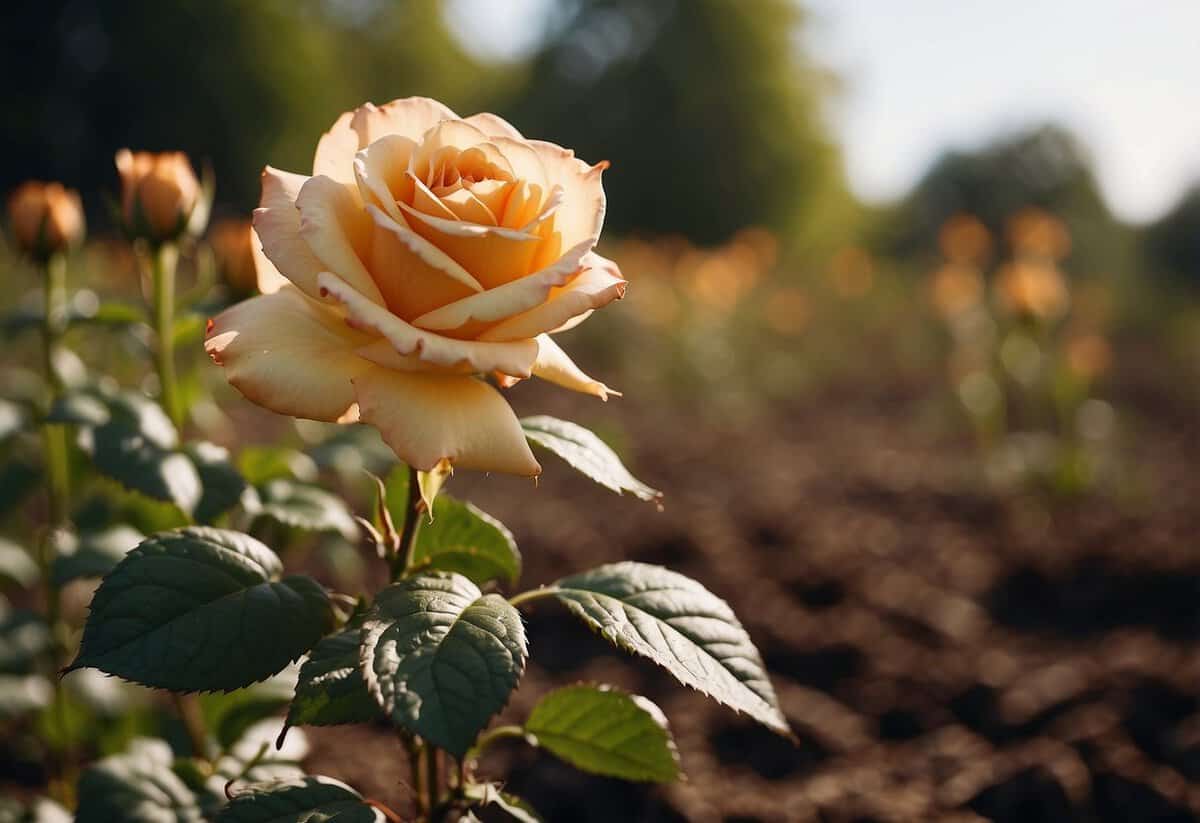Where Is the Best Place to Put a Rose Bush? Tips for a Blooming Garden
Growing a rose bush can be a rewarding experience, but choosing the right spot is key to success. For the best results, plant your rose bush in a location that gets six to eight hours of direct sunlight each day. This ensures the roses have enough light to thrive and produce stunning blooms.

You’ll also want to make sure the soil in your chosen spot has good drainage. Roses don’t like their roots to sit in water, so well-draining soil is important to prevent root rot and other issues. If your soil is heavy with clay or too sandy, consider improving it with some compost to create a more balanced growing environment.
Lastly, avoid planting roses too close to other plants or buildings. They need space to breathe and grow without competition for nutrients and water. With these tips, you’ll be well on your way to having a flourishing rose bush in your garden. For more details on how to prepare the soil, check out this guide on choosing the best rose location.
Choosing the Right Location

Finding the perfect spot for your rose bush involves a few key considerations like sunlight, soil type, and wind conditions. Each of these factors can affect the health and growth of your roses.
Sunlight and Shade
Roses thrive best in locations where they get full sun for at least six to eight hours a day. Morning sunshine is ideal because it helps dry dew off the leaves, reducing the risk of diseases. If possible, choose a place that provides a mix of full sun in the morning and afternoon shade to protect your roses from the hottest part of the day.
Some roses can tolerate partial sun, needing only three to six hours of direct sunlight. Knowing the sun requirements of your specific rose variety is important for choosing the best location in your garden.
Understanding Soil Types
Good soil is crucial for healthy rose bushes. Roses prefer slightly acidic soil with a pH between 6.0 and 6.5. Ensure the soil in your chosen location has good drainage to prevent water from pooling around the roots.
Clay soil holds too much water, while sandy soil drains too quickly. You can improve clay soil by adding compost to enhance drainage and structure. For sandy soil, mix in organic matter to help retain moisture. Adjusting the soil level and quality ensures your roses grow strong and vibrant.
Wind and Air Circulation
Proper air circulation around your rose bushes prevents fungal diseases and keeps pests at bay. Choose a spot that isn’t crowded with other plants or structures to improve air flow.
Avoid planting your roses in low-lying areas where cold air can settle, leading to frost damage. If your garden is prone to strong winds, consider planting near a wall or using a garden fence as a windbreak. This will protect your rose bushes from wind damage while ensuring they get enough sunlight and air circulation.
Preparing the Planting Site

To give your rose bush the best start, you need to prepare the planting site properly. This involves testing and amending the soil as well as digging and spacing.
Testing and Amending Soil
Start by testing your soil’s pH. Roses prefer slightly acidic to neutral soil, usually with a pH between 6.5 and 7.0. You can use a soil test kit. If the soil is too acidic, add lime. If it’s too alkaline, add sulfur.
After testing, enrich the soil with organic matter. You can mix in compost, peat moss, or well-rotted manure to improve texture and fertility. For better nutrition, add bone meal or superphosphate to the soil. This ensures that your rose bush gets essential nutrients for healthy growth.
Good drainage is important for roses. If your garden soil retains water, consider adding sand or gravel to improve drainage. This helps prevent root rot, which can damage your plant.
Digging and Spacing
Dig a hole that’s wide and deep enough for your rose bush’s root ball. A depth of about 18 inches and a diameter of 24 inches usually works well. This gives ample space for roots to spread and grow.
When planting more than one rose bush, consider spacing. Leave about three feet between roses to ensure they have enough room to grow. This spacing helps with air circulation, which reduces the risk of fungal diseases.
Don’t forget to check the hole for good drainage. Fill it with water and see how fast it drains. If it takes more than four hours, you may need to improve the soil with more organic matter or drainage materials.
After placing the rose in the hole, fill it halfway with soil, water it, then fill the rest. This helps the soil settle around the roots. Pat the soil down gently to secure the plant.
By following these steps, you’ll create a healthy environment for your rose bush to thrive.
Planting the Rose Bush

When planting a rose bush, it’s important to decide between bare-root and container-grown roses and to follow the correct planting steps. Both options have their own benefits and planting techniques.
Bare-Root vs Container-Grown Roses
Bare-root roses are sold without soil around their roots. They are usually planted in early spring. These roses are dormant, which means their growth is paused. Bare-root roses often establish more quickly and are less expensive.
Container-grown roses come already potted in soil. They can be planted anytime the ground is not frozen. These roses may be more convenient but usually cost more. They also involve less initial care since they’re already growing.
Choosing between the two depends on your needs and the planting season. If you prefer a budget-friendly option, go with bare-root roses in early spring. If you want flexibility in planting time, container-grown roses are a great choice.
Step-by-Step Planting Process
-
Prepare the Planting Hole: Whether you’re planting in the ground, a raised bed, or containers, dig a hole about twice as wide and deep as the root ball.
-
Enrich the Soil: Mix compost into the soil removed from the hole. If planting bare-root roses, add water to the hole before placing the plant.
-
Position the Rose:
- For bare-root roses, spread roots out in the hole. The crown should be at ground level.
- For container-grown roses, place the root ball in the hole just above the soil line.
-
Fill the Hole: Gradually fill with soil, lightly tamping down to remove air pockets. Water the soil well to help it settle.
-
Add Mulch: Add a layer of mulch around the base to retain moisture.
Wear gloves to protect your hands while handling roses. Following these steps ensures your rose bush is planted properly, giving it the best chance to thrive. For more details on methods and care tips, visit Gardening Know How.
Caring for Your Roses

Proper care for your roses helps ensure vibrant blooms and a healthy plant. Focus on watering, fertilization, pruning, and general maintenance to keep your roses flourishing.
Watering and Fertilization
Roses need consistent watering. Make sure the soil stays moist but not soggy. Water deeply at the base of the plant to reach the roots and avoid wetting the leaves to prevent fungal diseases. If you live in a dry area, consider using mulch to help retain moisture.
Fertilize your roses regularly to boost growth and blooming. Use a balanced rose fertilizer or organic compost. Start fertilizing in early spring and continue every 4-6 weeks until late summer. A proper pH balance, between 6.0 and 6.5, can improve nutrient uptake.
Pruning and Maintenance
Pruning is crucial for healthy and productive rose bushes. During early spring, before new growth begins, prune back dead or weak stems. Cut at a 45-degree angle about 1/4 inch above an outward-facing bud to encourage outward growth.
Regular maintenance includes removing spent blooms to promote more flowering. This practice, known as deadheading, helps direct the plant’s energy towards new blooms. Additionally, keep an eye out for common rose diseases like black spot and powdery mildew. Remove affected foliage promptly and use appropriate treatments to manage these issues.
By following these care tips, your roses will stay beautiful and healthy throughout the growing season.







